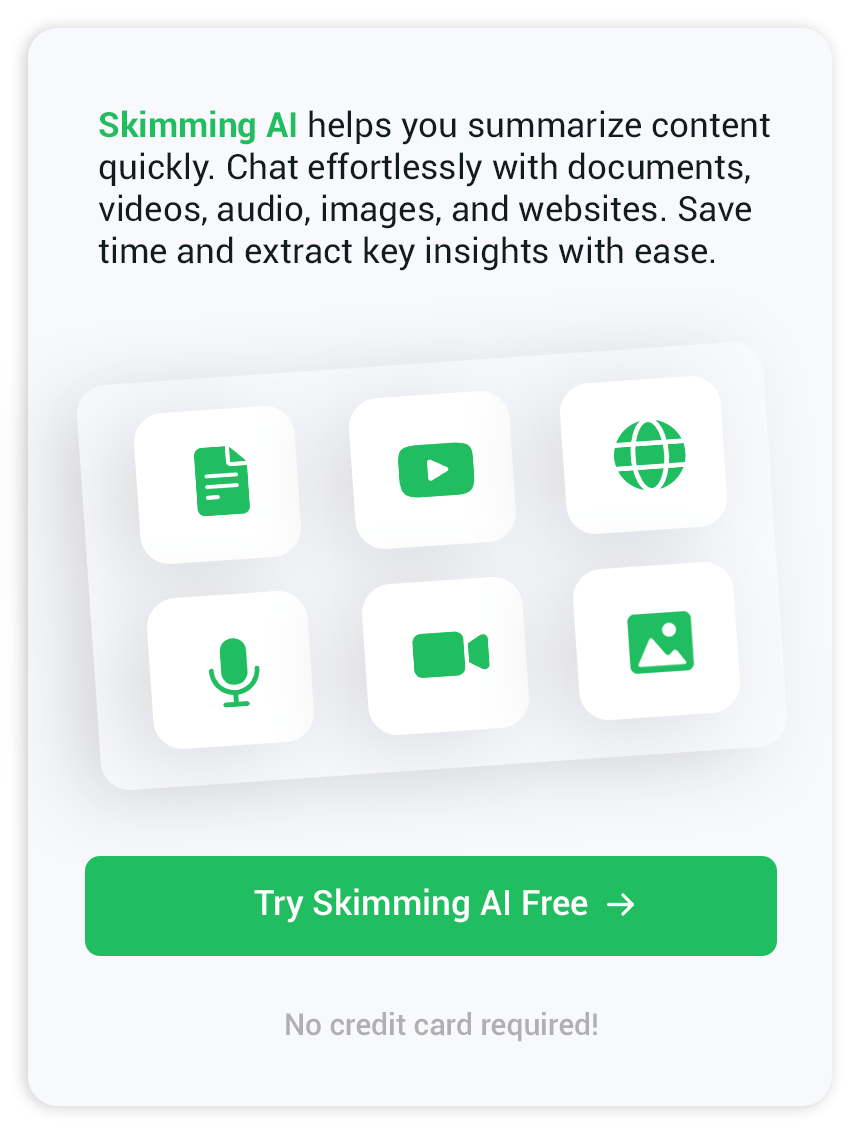Transcribe Audio and Video to Text: A Complete Guide
Spoken content is everywhere, from client calls and podcasts to streamed lectures and brainstorming sessions. When you transcribe audio and video to text, that dialogue becomes searchable, quotable, and far easier to reuse across channels. This guide maps out every stage so that you can turn recordings into clear, well-formatted text with confidence.
Why turn spoken words into text
Making a transcript unlocks accessibility for anyone who reads faster than they listen, provides a written record for compliance, and lets search engines surface the ideas buried inside lengthy footage. Marketers can pull captions, academics can scan interviews, and teams can skim meetings instead of replaying them.
Methods for transcription
Machine-driven speech recognition
Modern speech-to-text engines rely on large language and voice models to recognise words, punctuation, and speaker changes. Services based on technologies like Whisper shorten wait times from hours to minutes and support many languages.
Human transcription services
Professional transcribers still lead the field in challenging scenarios—multiple speakers, technical jargon, heavy accents, or noisy cafés. They cost more and take longer, yet offer an extra layer of review when near-perfect fidelity is essential.
How to choose the right tool
Accuracy versus turnaround time
A rapid transcript is helpful only if it conveys the intended meaning. If your recording is clear and the output will be reviewed in-house, a fast machine option is usually enough. For court proceedings or published research, consider a human pass.
Cost and privacy considerations
Some platforms bill per minute, others by subscription. Check whether your files stay on the provider’s servers or are deleted after processing, and look for encryption at rest and in transit if confidentiality matters.
File and language support
Confirm that the service accepts your format—standard options include MP3, WAV, MP4, and MOV—and covers the tongues spoken in your footage. Multilingual teams should verify both interface and output language capabilities.
Preparing your recording
Capture clear audio at the source.
Place microphones close to each speaker, record in rooms with soft furnishings, and watch input levels to avoid clipping.
Reduce background noise
Turn off fans, silence phones, and record a short room tone to help noise-reduction tools if you plan post-processing.
Step-by-step workflow
- Gather the audio or video file and name it descriptively, such as “Project_Kickoff_2025-06-15.mp4.”
- Upload the file to your chosen service or drag it into a desktop app.
- Select language, speaker identification, or subtitle options if available.
- Wait while processing completes, then skim the raw transcript inside the editor.
- Correct names, acronyms, and punctuation, add timestamps where needed, and export to DOCX, TXT, or SRT.
- Store the final transcript alongside the original file for future reference.
Stand-out transcription platforms
Riverside handles podcasting workflows and supplies speaker-labelled transcripts in many languages.
Restream Video-to-Text Converter focuses on quick uploads and in-browser results, ideal for social clips or webinars.
Microsoft Word Transcribe lives inside the Office ribbon and suits anyone already in the Microsoft 365 ecosystem.
UniScribe accepts direct uploads or YouTube links, then adds extras like summaries and mind maps.
Skimming AI offers a handy YouTube summarizer that pulls verbatim captions for lightning-fast reference, making it a clever shortcut when the video is already online. Skimming AI
Beyond transcripts: captions, summaries, analysis
Subtitle generation
A clean SRT file pairs with editors such as Premiere Pro or DaVinci Resolve, letting viewers read dialogue with the sound off.
Content repurposing
Turn spoken insights into newsletters, blog quotes, or social threads. Highlight key moments, then feed the transcript into a summariser or keyword extractor to surface themes.
Search and archiving
Store transcripts in a knowledge base so teammates can locate past decisions or quotes without rewatching footage.
Frequently asked questions
How long does an hour of audio take to transcribe?
Machine systems often finish in under five minutes, while human services may range from same-day to several days.
Does speaker overlap cause problems?
Yes, any crosstalk lowers accuracy. Encourage participants to take turns or edit overlapping sections manually.
Can I transcribe a live stream?
Many platforms capture a real-time stream, record a local copy, and then generate the transcript once the event ends.
What about accents and dialects?
Choose a platform trained on diverse data. For critical work, plan a manual review step, especially if the audio mixes dialects.
Final thoughts
When you transcribe audio and video to text, you create a bridge between fast-moving conversations and the written record. Start with a clear recording, pick the method that suits your budget and deadline, and finish with a light editorial sweep. The result is a transcript ready for captions, archives, or fresh content—giving every recorded word a second life in text form.


